Kevin here.
This time of year is always a favourite. Whether you’re headed back to school or just enjoying the seasons changing, early autumn carries a feeling not unlike a new calendar year: at work, the frenzy of year-end deadlines and planning for the next; in life, thinking about the countdown to the holidays; and with the house, usually it’s preparing for what needs to happen before winter sets in.
In an old house in particular, this time of year is critical before snow and freezing temperatures show up. It’s still gorgeous outside for getting work done, so things like air sealing, cleaning and caulking windows, touching up paint, and checking on vent covers etc. comes with an odd sense of satisfaction unique to knowing we’re stewards of a 120 year old delicate lady over here!
This fall we’re experiencing all this in an extreme way. Not only is it preparing for our first winter in the house (what don’t we know….?), we’re also deep into the planning stages of a major renovation / restoration for the interior. We’ve been slower to move there than we’d originally planned – largely because the drain pipe issue consumed about 2 months of our attention, and ate up a massive chunk of our renovation savings budget, which we’re still trying to recover. Over the last few months, though. as we’ve slowly chipped away at floor plans, scoping, and gathering inspiration, we’ve felt the tension of two big goals we’re trying to accomplish:
- Make the house feel old again: while we feel lucky to have a good amount of original detail around the house, there’s a lack of cohesion throughout. Step into our parlour, for example, and there’s no doubt you’re standing in a century home with all the heritage character. A few steps away on the second floor, you can find yourself surrounded by glass block and boob lights.
- Make the house sustainable: in our County House, we were super proud of cutting the home’s energy footprint in half, down to the same energy use as a typical new-build home today. Not bad for an 1889 Victorian! In this house, though, we’d like to do even better. We’ll also have a unique opportunity to do so given that so much of the house is going to be opened up and we’ll have access to areas for insulation, electrification, and air sealing. Net zero or bust!
My career and work in sustainable buildings, paired with my obvious love for restoring and preserving and old house, makes this the ultimate challenge.
In some ways, though, it’s daunting. At nearly 400GJ in annual energy use, this house is a beast! I’m positive you could be in space and with a thermal imaging camera see the house glowing red while you whiz past the moon.
On the other hand, it’s such a great opportunity. From an embodied carbon standpoint (all the energy and emissions required to build), a 120 year old house will always be better for the planet than even the most energy efficient new-build. “The greenest building is the one that is already built,” Carl Elefante, former President of the American Institute of Architects, is famous for saying. He’s right. We recently read that even the greenest home built today will take up to 70 years before its energy efficiency makes up for the embodied carbon of its construction. For our operational energy use (what we use and consume day-to-day), while we’re about 4X higher than where we’d like to be, the improvement we can make here is huge. Let’s go!
The challenge, however, is how our two goals sometimes seem to be at odds with each other. In theory, it’s easy: of course adapting and reusing all of the original structure and materials here is better for the environment. But in practice, it’s more complicated than that. The devil is in the details.
Let’s look at windows, for example. All residential energy conservation and grant programs have pre-defined criteria for the efficiency improvements they deem eligible. In other words, we need to select windows from one of their pre-approved lists. And most of those windows, if not all, are vinyl Energy-Star certified windows. Great…. except that in our goal to bring back the heritage details of the house, vinyl won’t do. We’re looking to wood or wood-clad windows in our case, replicating the look of what was here in 1904. So what wins? Preservation or sustainability? And how do you decide?
It’s a trick question, in a way, because with a more nuanced perspective, wood windows actually are the more sustainable choice and meet our preservation goals. The trouble is that the energy conservation programs only want to consider the context of a newer-built home and the ongoing efficiency – without consideration for things like preservation, embodied carbon in producing the window, or the overall lifespan (and what happens at end of life). For one, studies have shown that the embodied energy of a new vinyl window is as much as 4-6X greater than in a wood window. Two, vinyl windows tend to have a lifespan of 15-20 years and virtually cannot be maintained or even recycled beyond that, whereas wood windows can be maintained almost infinitely to last 100+ years or more. On top of the embodied energy issues here, wood windows (even 200 year old restored ones) have been proven by studies to perform just as well as vinyl windows when installed correctly.
Sustainability, meet Preservation 😉 And this is just one example.
It’s not that today’s energy conservation and sustainability programs have bad intent. It’s just that there’s a nuanced way of understanding energy, particularly when it comes to older homes – and these programs haven’t yet accounted for it. This has to change.
As I looked around, it was harder than I would have expected to find resources that bring the two worlds of preservation and sustainability together. Sure, there are a few great projects around. The Reach Guesthouse in Prince Edward County, Ontario has done an amazing job retrofitting a Victorian farmhouse to meet Passive House standards. And in Minnesota, Stewart and Linda Herman have transformed their Victorian to be net-positive, while preserving and restoring all the original details and charm of the house. This is our inspiration and dream! Have a look at these two amazing case studies below:
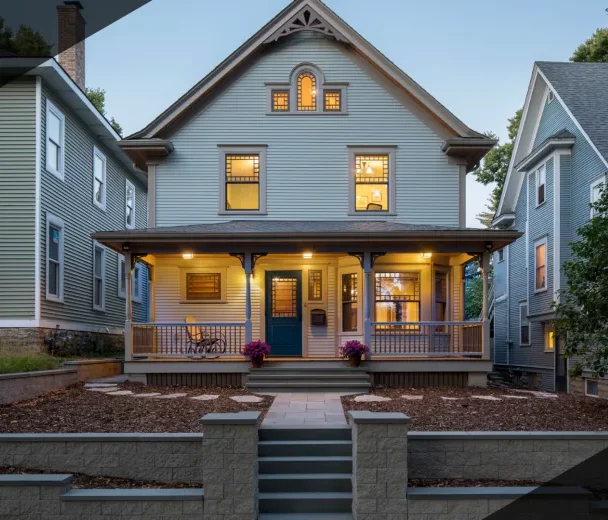
Stewart & Linda Herman’s amazing effort to make their Victorian home in Minnesota net-positive us massively impressive. Photo: Stewart Herman
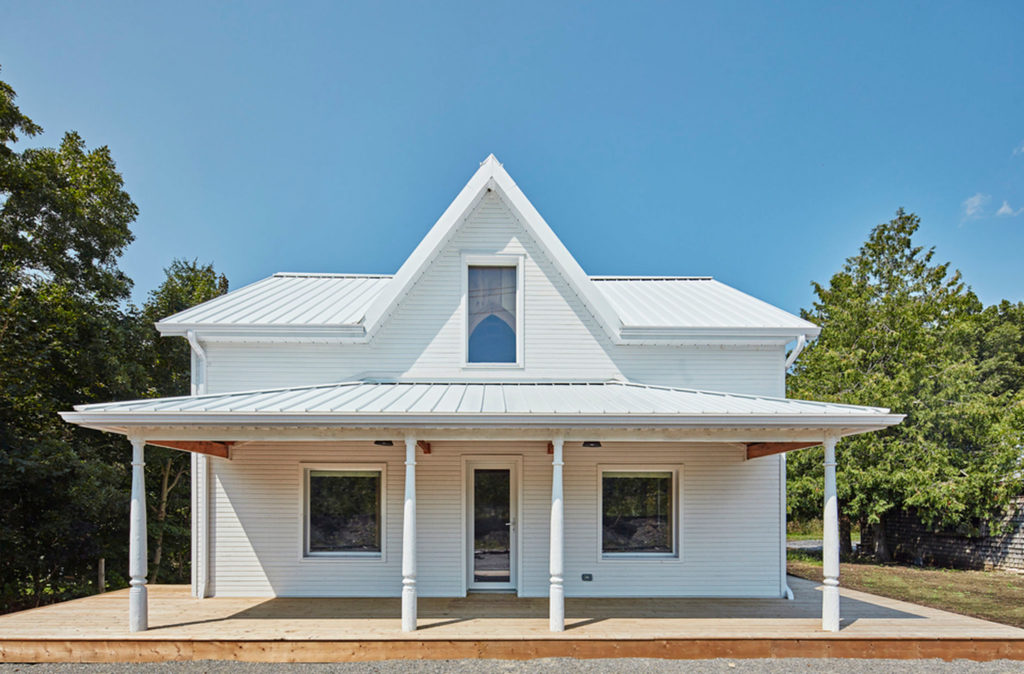
The Reach Guesthouse, designed by our former neighbour in Prince Edward County, was restored to be so energy efficient that it runs right through the -25C winter on the equivalent of an electric hair dryer for heat. Photo: Tom Ridout
While doing this research late one night, I stumbled across a program at Cornell University’s School of Architecture, Art, and Planning (AAP) and delivered via eCornell, their slick online executive education unit. I found their Sustainable Preservation certificate program and just about leapt out of my chair. It described exactly the challenges we’ve been facing with the house, and so many of the conversations we’ve been having with other old house owners seeking to up their sustainability game.
I reached out, and in no time, I was enrolled. The six-course online certificate, taught by Dr Katelin Olson, brings together sustainability and preservation, yes, but with the additional lenses of economics (how is this thing going to work financially?) and community (how will this work for citizens, visitors, users of the building / space?). And given Cornell’s reputation as a school overall, but certainly in these fields, I was sold.
Now, it’s not like I needed to take on the workload. Work is bonkers right now helping two amazing startups, also in the sustainability space. And it sometimes feels like planning for a renovation is like writing a masters thesis all over again, with every waking second not spent working is trying to get one more thing crossed off the list there.
But the way I looked Sarah helped me look at the Sustainable Preservation course is a) if it’s something I’m this passionate about, it won’t feel like work, b) I’ll learn new tools and frameworks that can help us meet our goals here at the house faster and better and c) the online, flexible format means I can squeeze it in throughout the week.
So, over the next few weeks, I’m going to be sharing the experience here as well as over on Instagram. Here are the courses I’ll be taking:
- Intro to Sustainable Historic Preservation
- Embracing the Worth of Existing Buildings
- Advocating for Sustainable Preservation
- Developing a Community Plan for Sustainable Preservation
- Economics of Sustainable Preservation
- Implementing Sustainable Preservation Initiatives
I’m SO excited about what I’m going to learn. I’ll do a weekly update via stories, including how we’re applying it all to our own preservation and sustainability project right here at home. In doing so, we’re also going to introduce some of the dreams, goals, and ideas we’ve been working on over the last few months.
Stay tuned!
—
Disclaimer on my relationship with eCornell: Kevin’s enrolment in the certificate program was sponsored by eCornell in exchange for authoring content about his learning experience. We’re committed to sharing an honest view – good and bad – throughout and only promoting products and services we genuinely feel are great.
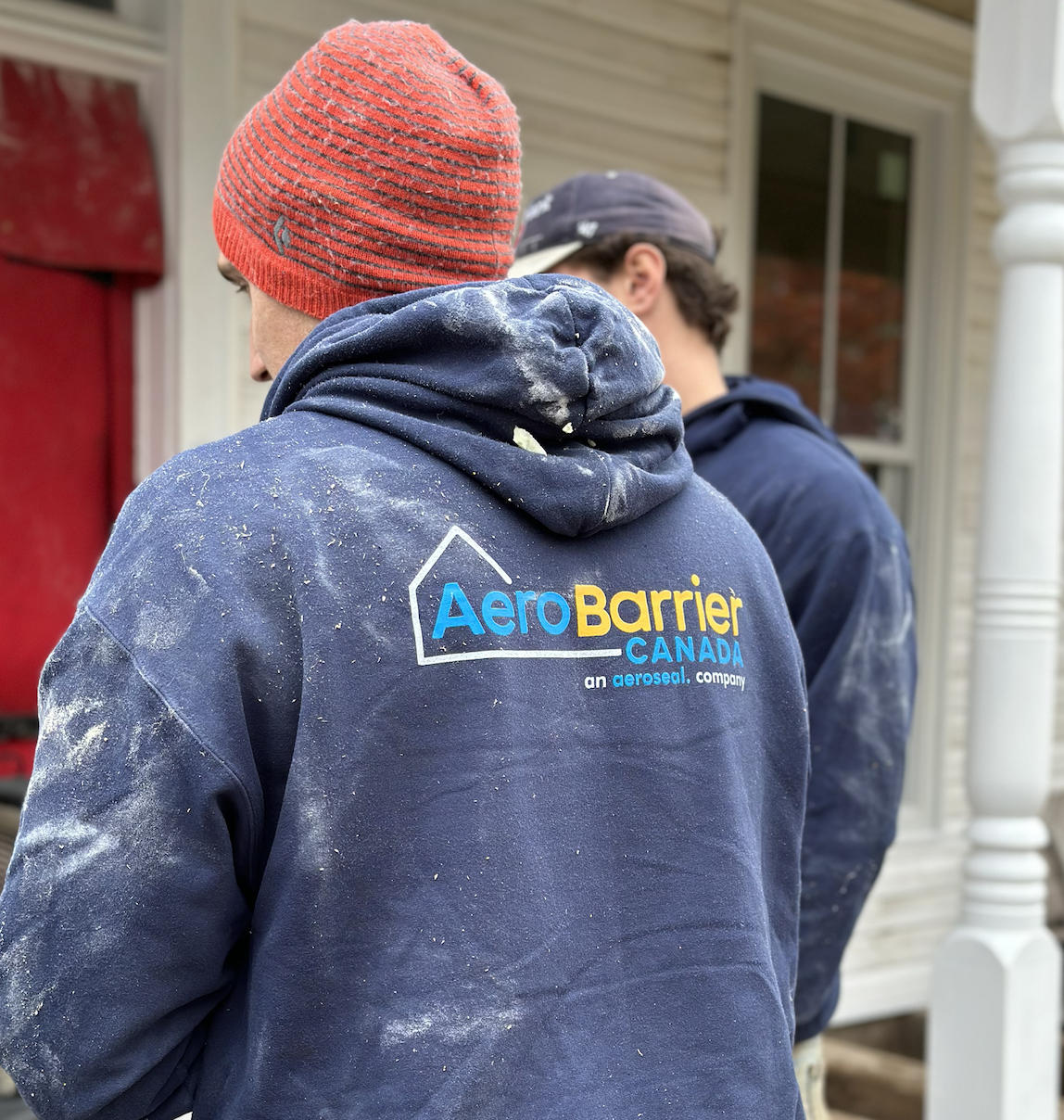


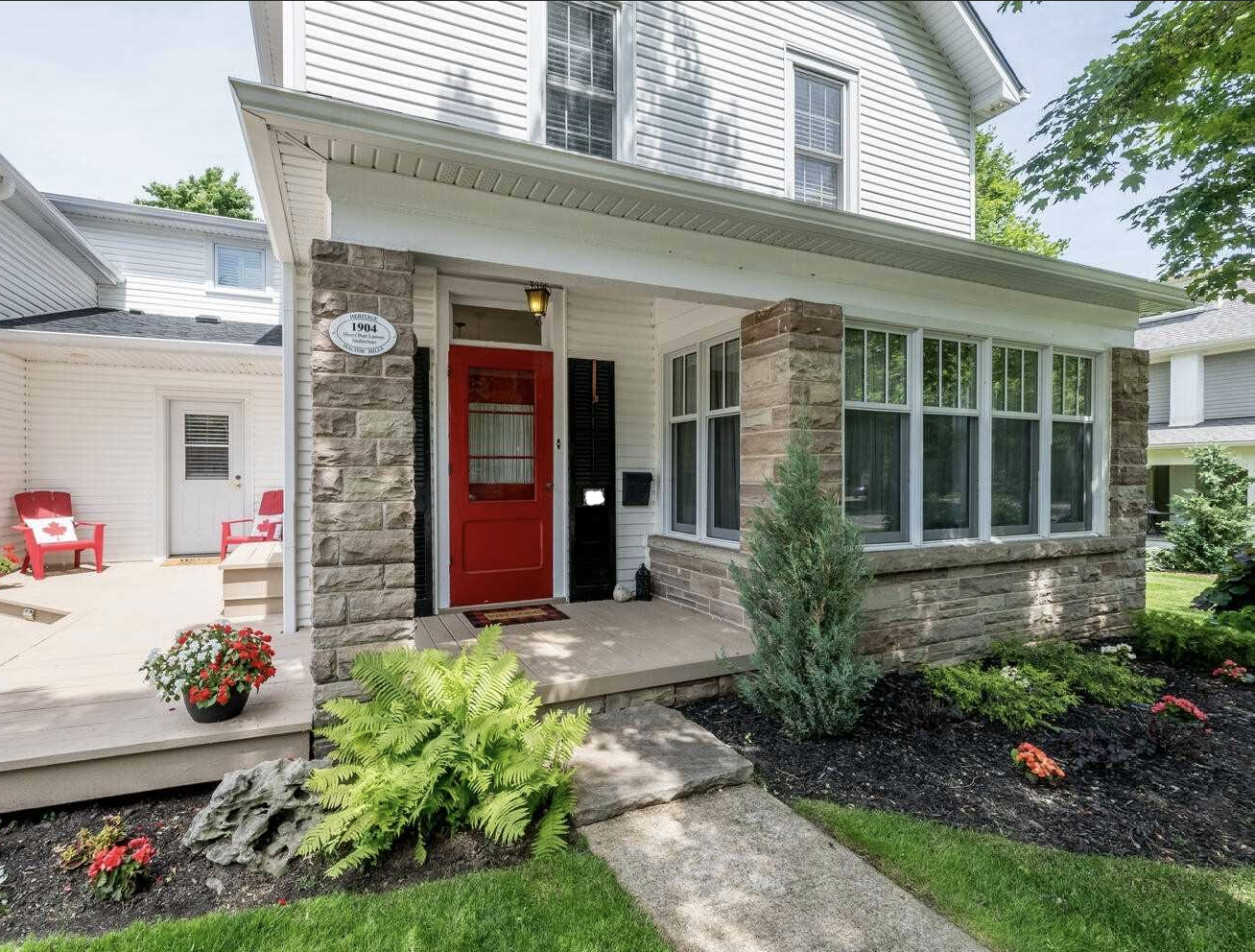
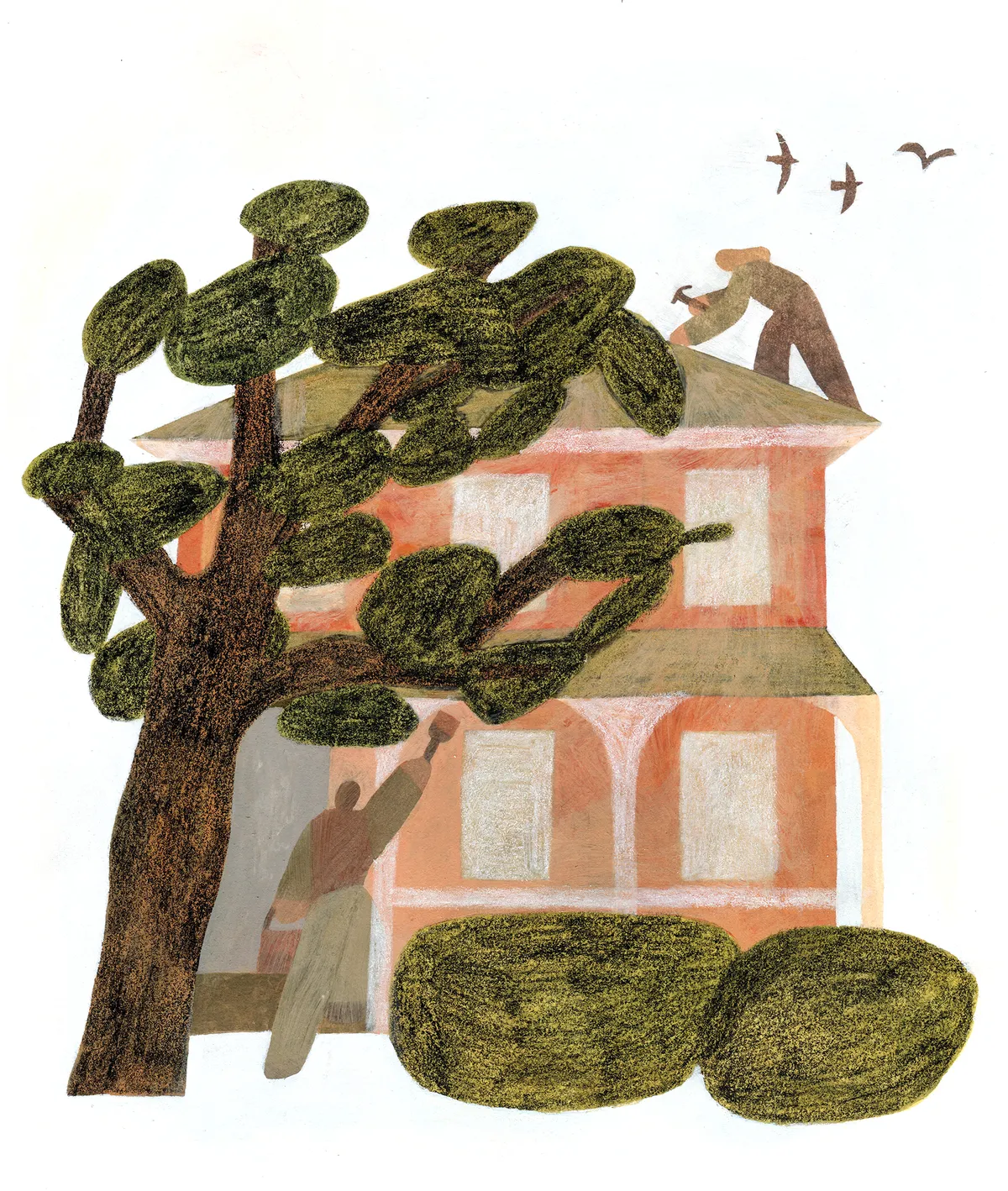
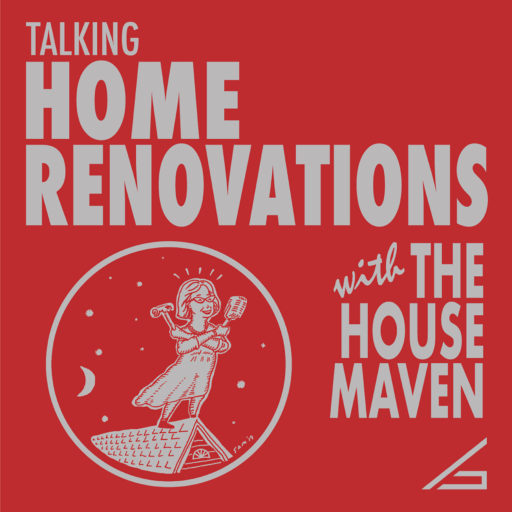
[…] from the Sustainable Preservation program I’ve been taking via eCornell. In September, I shared the news that I was excitedly going back to school by enrolling in the certificate program, led by Cornell […]